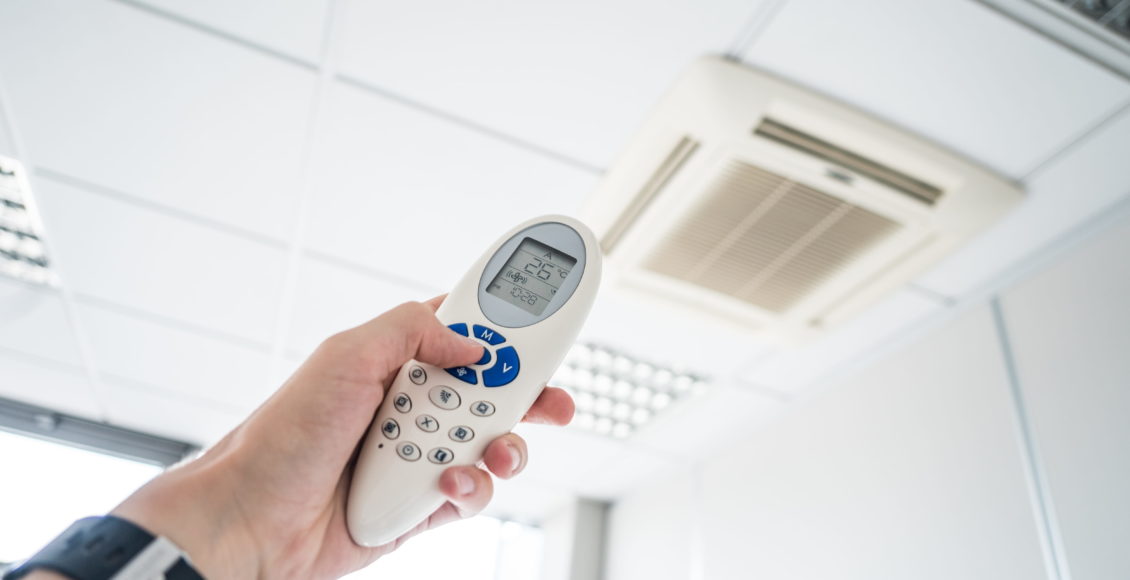Homeowners, in particular, are responsible for keeping their properties safe and comfortable for their families. If you are renting an apartment or other type of living space, the landlord must keep the temperature control practices up to date. Once you buy a house, the burden falls on you.
If you want to enjoy life in your home, then you may need to take steps to manage the extreme temperatures more effectively. Here are some ideas to keep the property safe and comfortable.
Energy Efficient Windows
One of the most important factors in managing temperature in the home is heat transfer. If the air outside is a different temperature than the air inside, then heat transfer could make the environment uncomfortable. Often, the primary cause of this heat transfer is old windows. Newer models are designed with technology that reduces the likelihood of unwanted heat transfer. That means in the winter, you are less likely to lose heat through the windows around your house, and in the summer, the cooled air inside will stay there. Upgrading old windows to more efficient models can cut down on your electric bill by lowering the burden on your HVAC system.
New HVAC System
Speaking of HVAC, this system in your house is responsible for heating, cooling, and ventilation. If it is old or inefficient, your home could have trouble staying at a comfortable temperature. Also, if the system has to work harder to maintain comfortable temperatures, you will need to spend more on maintenance and utility bills. Upgrading to a new system and understanding how HVAC works is a simple way to manage the environment in your house, though a new system is certainly on the more expensive side. If possible, have a professional inspect your current HVAC setup to see if any repairs or upkeep tasks are needed to maximize efficiency.
Curtains
Although curtains are usually lightweight and seem pretty flimsy, they make a bigger difference than you think with heat retention. They are certainly helpful in the summer when the blazing sun can easily heat your home through the windows. Heavier blackout curtains can be very effective in keeping the summer heat outside and maintaining cooler temperatures inside. In the winter, they can also prevent heat inside your home from escaping through the small cracks and crevices around the windows. Invest in some thicker curtains that can cover up your windows and reduce heat transfer in extreme weather.
Shade
The inside of your home is not the only thing that you should consider for managing temperature. You also have a yard that gives you a private outdoor escape. Sometimes, in the summer, it can feel too hot to even go outside, especially if there is little shade in your yard. There are a few ways to handle a lack of shade in your backyard. Let’s take an example if you live in Lancaster County, Pennsylvania: this is in a geographical location that experiences a broad range of temperatures. In the summer, you can get multiple 90-degree days in a row, while in the winter the temperature can fall into the single digits. Staying comfortable can be a challenge with these massive temperature changes.You could install timber frame pavilions for some artificial shade. Second, you could plant some small trees that will eventually get larger and cover more of the yard. Third, you could simply buy a canvas tent or pavilion to put up whenever you need it. By providing shade in your backyard, you can make it cool enough to enjoy even during the hotter days of July and August.
Use Ceiling Fans the Right Way
Many houses come with ceiling fans, but some homeowners do not understand how to maximize their use. Fans spin both ways, and the season you are in should determine which way you want the fan to go. In the summer, the fan should spin counterclockwise to push air down in a column, which creates a wind chill effect. However, in the winter, you can also use your fan to keep the environment warmer. If the fan blades spin clockwise, it will pull the cooler air up toward the ceiling and push the warm air that tends to rise down to the floor. Your furnace will not have to work as hard to keep the rooms warm in this scenario.
Keep Your Home Comfy For the Whole Family
No one wants their home to be uncomfortable, especially if they have other families living there or guests visiting. You must be aware of how efficient your property is at controlling temperature. If you discover that parts of the home are becoming too warm or too cold, then you may need to take action. Newer windows, an efficient HVAC system, curtains, shade, and ceiling fans can all play a role in helping you manage temperatures in your home.



Comments are closed.